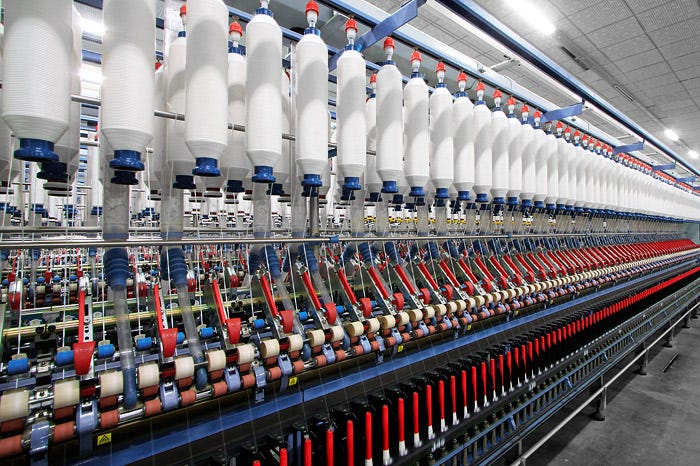6 Effective Ways to Save Energy in Your Fashion and Textile Business
The green revolution made it clear that the world is dying and this death has a lot to do with energy consumption. Since the industrial revolution, the rate at which humans consume energy has been alarming. Although inventions are good, innovations are the saving fulcrum of our moving world, there is no denying the fact that the climate is changing and global warming is imminent. Unless energy is preserved instead of consumed, the world might live in fear and anxiety. And there are several ways the fashion and textile business can play their part towards a green industrial future.
Whether you own a textile business or you work in one, the onus lies with you to help in reducing the energy utilized through weaving, spinning, and chemicals used for processing fashion products. Opinions of fashion business owners on websites such as reviewsbird.co.uk demonstrated the kinds of energy utilized in the fashion and textile business. If a company is not using thermal energy to process textiles, it would be using electricity or just any other form of electrical energy. Nevertheless, a textile business can preserve energy by sticking to the following measures.
1. Switch off unused energy:
Whatever business you do, textile or not, always switch off the energy you don’t use. Statistics derived from the opinions of energy companies reveal that unused energy constitutes a major part of energy consumption. To avoid adding to such an abysmal number, always switch off unused energy.
2. Power management:
Another measure of reducing energy is to plan and set your energy use. Tools and appliances come with settings that allow you to trigger power conservation. You can set your equipment on stand-by so that when they are not producing or are idle, they rest and generate less energy.
3. Lighting efficiency:
lighting consumes energy and virtually every electronic device has installed one form of lighting or another. For the best energy conservation, integrate the sun where the lighting should be if necessary. If not, get efficient lightings such as LED bulbs or T5 high bays.
4. Energy plan and demand:
Demand leads to supply. If you’re not demanding more energy, you won’t get more not to talk of consuming it. Usually, this is a function of habit. Your habit towards energy consumption should be adjusted to energy saving. An energy plan would teach you how to go about this.
5. Efficient insulation:
A well-done insulation will keep your textile firm at a reasonable temperature. It should be done in a way that your firm is energy efficient, kept out of both heat and noise. Since hot seasons often tend to heat more energy, insulate to keep cold during these periods and warm during cold periods. Maintain a balance.
6. Watch what you wash:
Washing is part of the business, but you still need to watch how you do it so you can save energy. An industrial wash can release thousands of fibres into the environment, using up more energy than necessary.
Conclusion
The best way to preserve energy is to embrace and integrate renewable energy wherever necessary.
